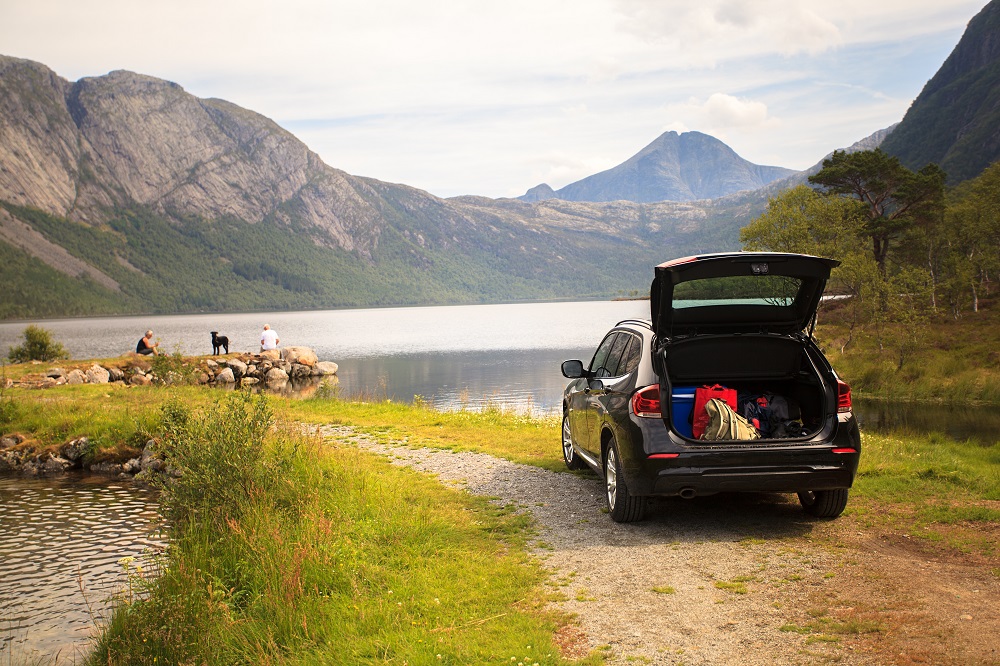Key Takeaways:
- Learn the essential steps to inspect your car before embarking on a road trip.
- Understand the importance of checking both the exterior and interior of your vehicle.
- Get tips for evaluating the engine’s condition, tires, and brakes to ensure a safe journey.
Setting the Stage: Why Inspections Matter
Embarking on a long trip with a used car requires more than just packing your bags. Ensuring your vehicle is in top condition can prevent unexpected breakdowns and keep you safe. Regular maintenance checks are vital, but a pre-trip inspection is crucial. If you’re looking at used auto dealers in Tampa, FL, you’ll find many quality vehicles, but even the best-used cars need a thorough check before hitting the road.
Consulting with professionals from a used auto dealers is a good start. Yet, a hands-on inspection allows you to catch issues that might not be immediately evident. Preparing your car meticulously can save you from serious inconveniences during your trip.
Exterior Inspection
Check for Visible Damage
Begin by walking around your car to check for any visible damage. Look for dents, scratches, and rust spots that may have worsened over time. Ensure that all lights, including headlights, brake lights, and indicators, function correctly. A quick visual inspection can reveal much about the car’s general condition and readiness for a long trip.
Tire Condition
Inspect all tires, including the spare. Look for adequate tread depth, evenly worn surfaces, and proper inflation. Uneven wear might indicate alignment or suspension issues. Ensuring your tires are in good shape contributes to better fuel efficiency and enhances overall safety.
Interior Inspection
Functionality Check
Check all lights, air conditioning, and heating systems inside the car. Make sure the windshield wipers and washer fluid are functioning. Test all seat belts and ensure the dashboard warning lights illuminate and turn off when the car starts. Confirming that all internal systems work correctly increases the chances of a smooth journey.
Comfort and Cleanliness
While less critical than mechanical checks, a comfortable and clean interior can make your long drive more enjoyable. Clean the seats and carpets, and ensure there are no lingering odors. Verify that the seats are adjustable and that the operational infotainment system keeps everyone entertained during the trip.
Under the Hood
Engine and Fluid Levels
Open the hood to check the engine and fluid levels. Ensure the oil, coolant, brake fluid, transmission fluid, and windshield washer fluid are at their recommended levels. Look for any leaks or corrosion, and inspect the battery connections to ensure they are tight and rust-free.
A quick consultation with a used car dealership Tampa can offer further insights and professional advice for engine health checks.
Belts and Hoses
Inspect the belts and hoses for signs of wear and tear. Look for cracks, fraying, or any leakage around hose clamps. Worn-out belts or hoses can lead to breakdowns, so replace any that show signs of damage. This proactive step can prevent a lot of headaches down the line.
Exhaust System Check
A properly functioning exhaust system is essential for vehicle performance and fuel efficiency. Inspect your exhaust headers for any leaks, rust, or cracks. Upgraded exhaust headers can improve engine airflow and overall performance, making your long journey smoother and more fuel-efficient. Any visible damage to the exhaust system should be addressed before your trip.
Brakes and Suspension
Brake Performance
Brakes are crucial for safety, especially on long trips. Check the brake pads and rotors for wear and tear. Listen for any unusual noises during braking, such as squeaking or grinding, which could indicate it’s time for a replacement. Ensuring your brakes are in good condition is non-negotiable for a safe drive.
Suspension System
Examine the suspension by pressing down on each corner of the car and releasing. The car should bounce back smoothly and stop after one or two rebounds. Any excessive shaking or noise might indicate worn-out shock absorbers or struts. The suspension system ensures a comfortable and safe drive, especially on uneven roads.
Test Driving Your Car
A test drive is crucial to spot potential issues that might not be visible during a static inspection. Pay attention to how the car starts, its steering responsiveness, brake efficiency, and any unusual sounds from the engine or transmission. This hands-on experience will give you confidence in the car’s reliability for your long trip.
Conclusion
Inspecting your used car thoroughly before a long trip ensures a safe and enjoyable journey. By setting the stage with a detailed exterior and interior inspection, checking under the hood, and assessing brakes and suspension, you minimize the risk of unpleasant surprises on the road. Take the time for a proper pre-trip check, and spend your travel time enjoying the journey, not dealing with avoidable issues.

